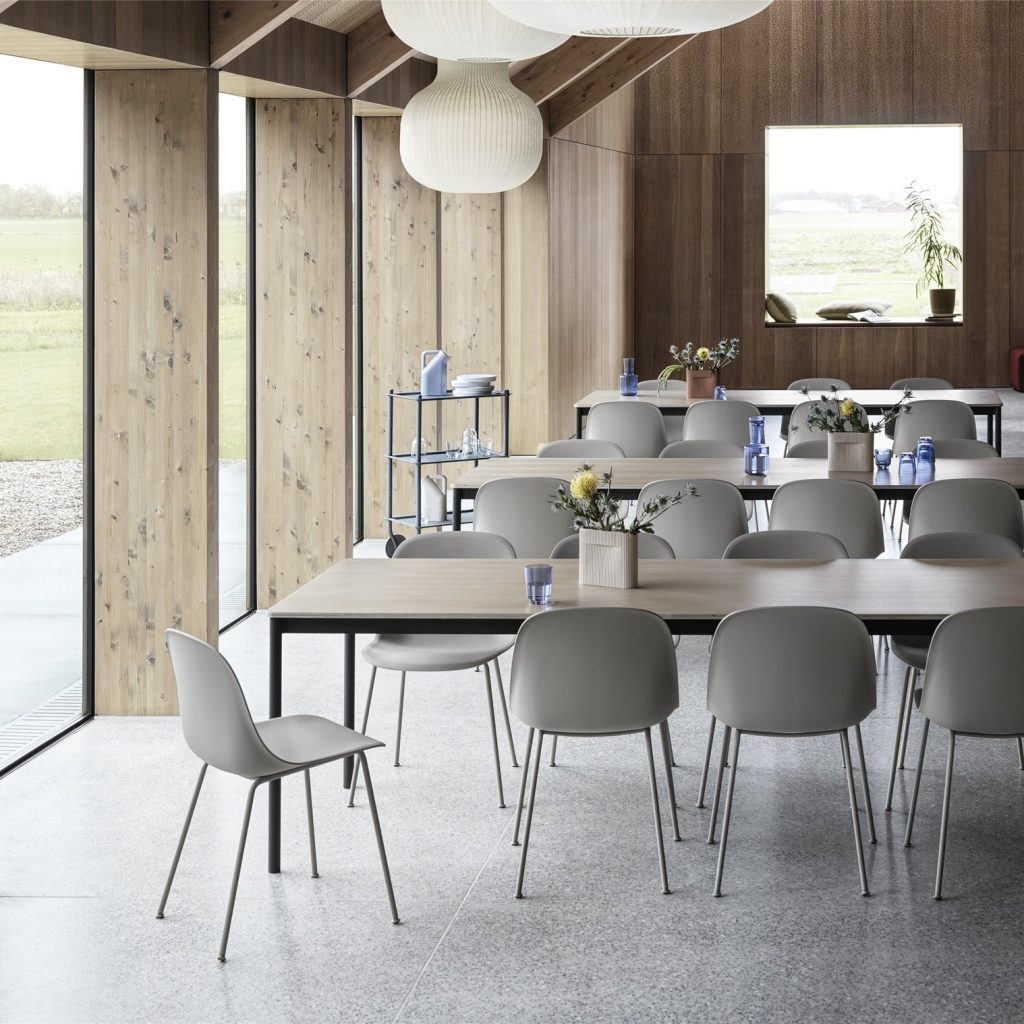The ceiling is often an overlooked part of a room’s decor. But with the rise of more multifunctional spaces and open-concept layouts, designers and homeowners alike are starting to pay more attention to the “fifth wall” of a room. One trend that has emerged in recent years is the use of decorative ceiling design, which can range from subtle embellishments to bold and ornate statements.
History of Decorative Ceiling Design
Decorative ceilings have a rich history that dates back to ancient times. In Egypt, for example, temples and palaces were adorned with intricately painted and carved ceilings. In the Baroque period in Europe, elaborate plasterwork and frescoes were common in grand buildings like castles and churches.
During the Victorian era, ornate plasterwork became more accessible and was used in homes to showcase a family’s wealth and status. In the early 20th century, art deco and art nouveau styles introduced new forms of decorative ceilings, including geometric patterns and stylized motifs.
Types of Decorative Ceilings
Today, there are many different types of decorative ceilings to choose from, depending on your style and needs.
Coffered Ceilings
Coffered ceilings are a classic option that adds depth and dimension to a room. They feature recessed panels or boxes that create a grid-like pattern. Coffered ceilings are often used in formal spaces like dining rooms and libraries.
Tin Ceilings
Tin ceilings, which originated in the 19th century as a cost-effective alternative to plaster, are making a comeback. They offer a vintage charm and come in a variety of patterns and finishes.
Wooden Ceilings
Wooden ceilings can be rustic or elegant, depending on the type of wood and the finish. They add warmth and texture to a room and are a great choice for a cabin or cottage-style home.
Mural Ceilings
Mural ceilings are a statement piece that can transform a room into a work of art. They can be hand-painted or printed on canvas and then installed on the ceiling. Mural ceilings work well in a variety of spaces, including bedrooms and living rooms.
Choosing the Right Decorative Ceiling
When choosing a decorative ceiling, it’s important to consider the overall style of the room, as well as its function. A coffered ceiling, for example, might look out of place in a modern, minimalist space.
It’s also important to think about the size of the room and the height of the ceiling. A highly ornate ceiling can make a small room feel cramped and overwhelming, while a simple, understated ceiling can make a large room feel cold and empty.
Care and Maintenance of Decorative Ceilings
Depending on the material and finish of your decorative ceiling, it may require different levels of care and maintenance. Wooden ceilings, for example, may need to be periodically re-stained or sealed to protect the wood from moisture damage. Tin ceilings may need to be repainted or polished to maintain their shine.
In general, it’s a good idea to keep decorative ceilings clean and free of dust and cobwebs. Use a soft-bristled brush or a vacuum with a gentle dusting attachment to remove dirt and debris.
The Future of Decorative Ceiling Design
As more people embrace the idea of the ceiling as a design element, it’s likely that we’ll see new and innovative decorative ceiling options in the years to come. One trend that’s already emerging is the use of statement lighting fixtures like chandeliers and pendant lamps to draw attention to the ceiling.
Another possibility is the use of eco-friendly materials and designs that prioritize sustainability and energy efficiency. Whatever the future holds, it’s clear that the ceiling is no longer just a blank canvas – it’s a design opportunity waiting to be explored.
Decorative ceiling design has a rich history and many different options to choose from. Whether you prefer the classic elegance of a coffered ceiling or the bold statement of a mural ceiling, there’s a style that can enhance any room. With proper care and maintenance, a decorative ceiling can be a beautiful and lasting addition to your home.





More Stories
Spruce up Your Christmas with Blue Feather Decorations
The Ultimate Statement Piece: A Stunning Large Chrome Light Fitting
Crystal Lamps on eBay: Illuminating Your Home with Elegance